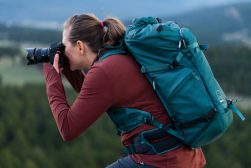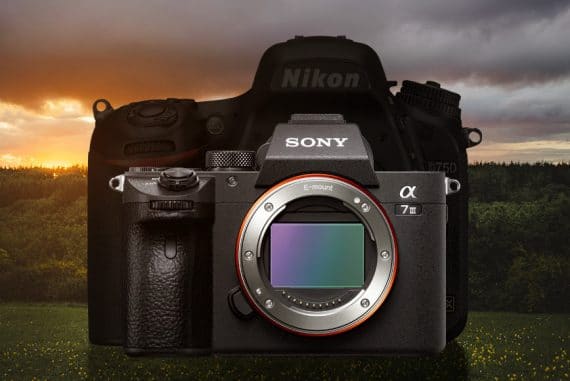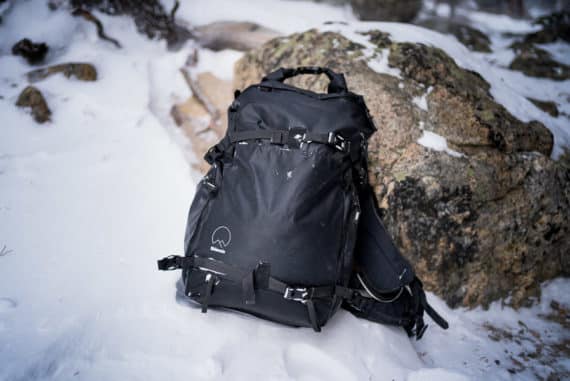
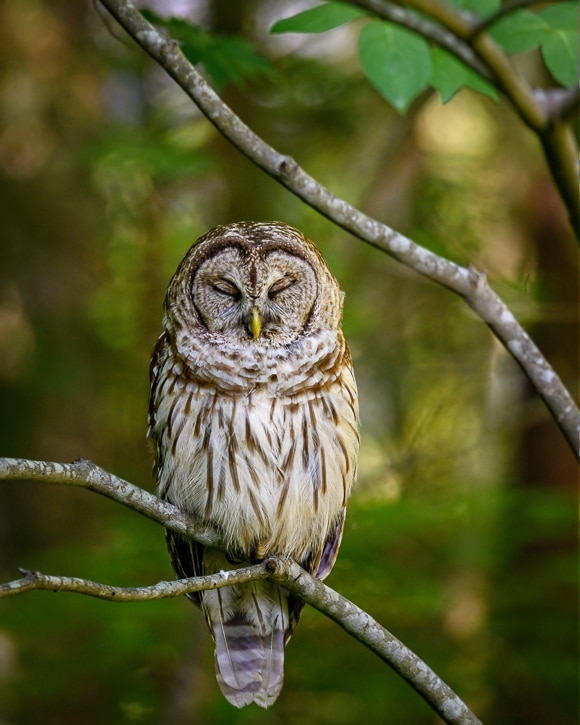
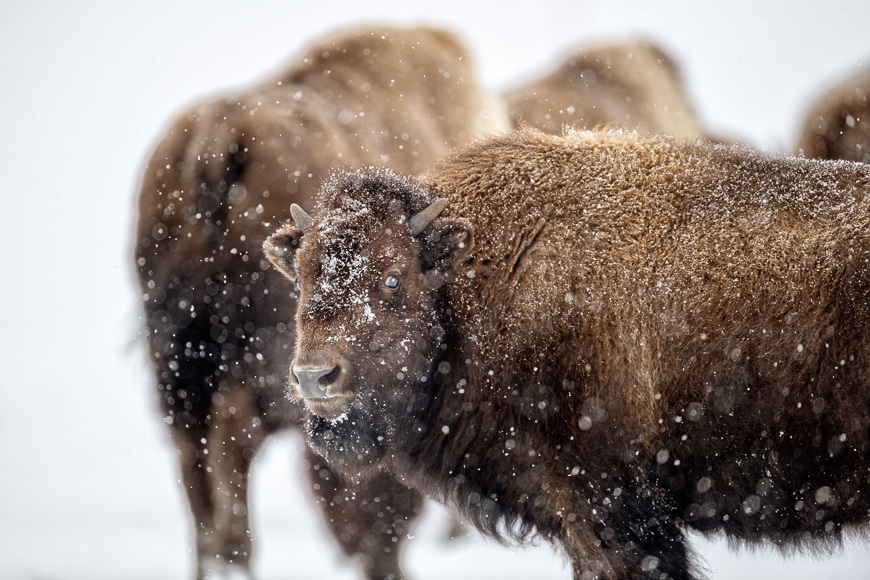






Amy Ames
Animal & Wildlife | Last Updated: July 21, 2021
My love of photography began many years ago attempting to capture my own family photos. Six years ago my family visited Yellowstone and Grand Teton National Parks, which inspired my new passion for wildlife photography.
Combining my photography skills with my love of adventure and exploring has been a rewarding transition. The switch was easy because many rules for traditional family portraiture also work for wildlife portraits.
Obviously, you can’t give a wild animal directions on how to stand or which way to look, but at least you can predict their behavior, position yourself in a good spot to capture the shot you’ve envisioned, and wait for an opportunity to arise. I try and aim to tell a story with each photograph that I take. I love showing the environment, not just the wildlife.
My work has been published in Outdoor Photographer Magazine and Click Magazine. This year I had the honor of being named one of the top 100 Female Photographers to watch in 2020 by Click Pro.
I’ve always been a Nikon shooter. My main camera is a Nikon D5. With the solid build and ruggedness, I feel like I don’t have to be too careful with it. It has an amazing dynamic range and works great in difficult lighting situations. It is weather-sealed, durable and can fire off shots on the quick, which makes it a favorite for wildlife.
I also have added a few Nikon Z camera’s this year. Often, I might go out for just a casual hike and want to only carry a camera/lens without all the other gear. The Z mirrorless cameras have been a great addition to my gear.
I’ve had great success with a Nikon 500mm PF f/5.6. The long reach that I get from this lens, combined with the handheld factor makes it my most used lens. Not being attached to a tripod at all times is a handy tool when hiking in the backcountry.
I’ve recently added the 180-400mm f/4 to my bag. This 180-400mm features a built-in 1.4x teleconverter to allow for on-the-fly switching to an effective 252-560mm f/5.6 lens for greater reach. It’s great for the coastal part of Alaska where the bears can be quite close.
My Nikon 70-200 f/2.8 is my workhorse. Filling the frame with a massive bear head is amazing, and something I love doing, but sometimes you need to put the extreme telephoto away for a wider shot.
If you shoot with a wider lens you can give your viewer a sense of where you are and the animal’s environment. Telling the whole story, including the environment, will create a stronger portrait that has a much deeper impact on the viewer. Nikon 24-70mm, can’t leave home without it!
A good quality, lightweight tripod is equally important. Most wildlife is active in the early morning and early evening when your light is going to be lower. It’s important to have one that will support the largest lens that you might use. I went with a Gitzo Traveler Series 2 Carbon Fiber Tripod. It’s more expensive than some other brands, but a beefy piece of equipment. I attach a Wimberley gimbal head to support the telephoto lenses.
Most importantly, the bag! When you’re going to be wearing 50 plus pounds of equipment on your back for hours on end, it’s easily one of the most important pieces of equipment. It’s safe to say, I’ve had 10-15 different camera bags float through my house over the years, but have settled on the Shimoda backpacks. My current favorite is the Shimoda Action x50. It’s the perfect combination of comfort and convenience.
amyamesphotography.com | @pointamesandshoot

Check out these 8 essential tools to help you succeed as a professional photographer.
Includes limited-time discounts.





